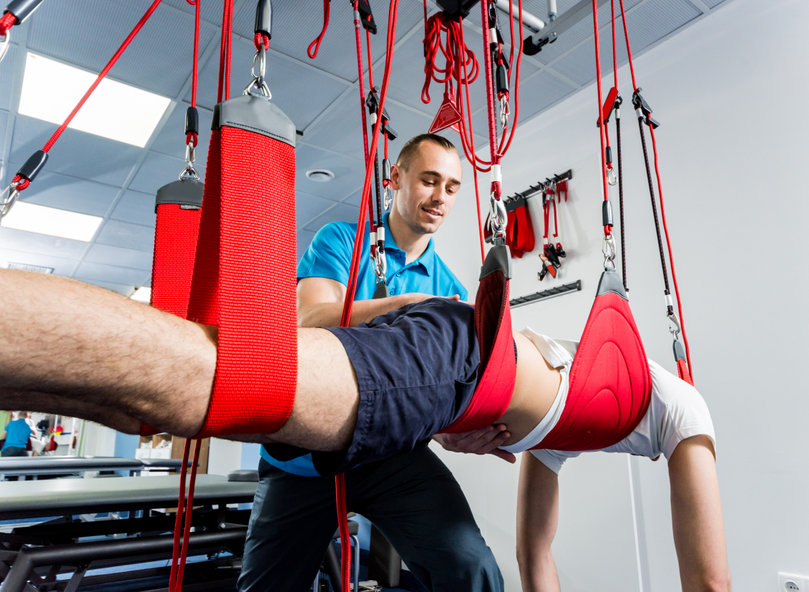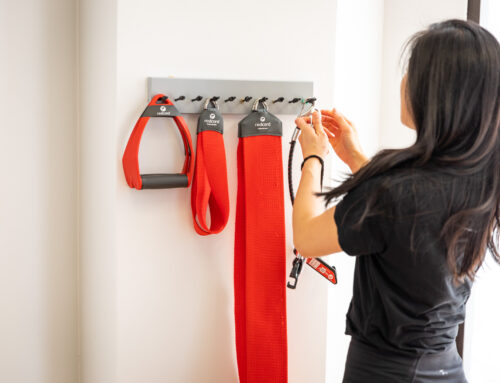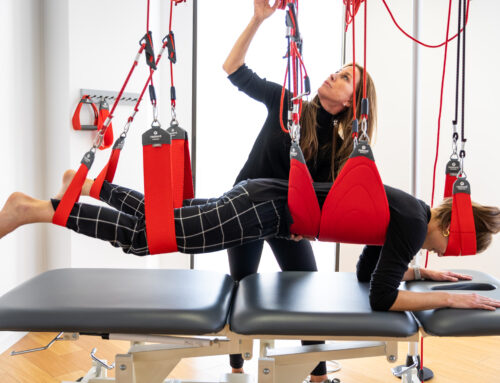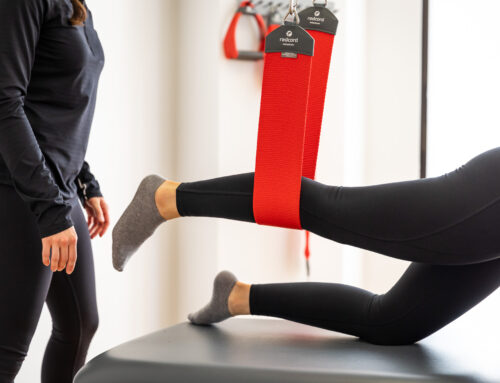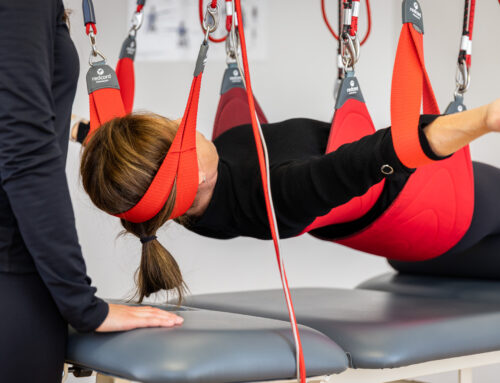Background: Various treatments have been proposed for chronic low back pain (CLBP), but recent guidelines and reviews recommend regular physical exercise. However, some other studies have reported opposite results that sling exercise (SE) and other exercises (OE) did not differ in improving CLBP.
Objectives: To systematically review and meta-analyze the effects of SE on CLBP in studies published in Korea.
Design: A Systemic Review and Meta-analysis.
Methods: Randomized controlled trials comparing SE with OE and modality therapy (MT), published up to June 2020, were identified by electronic searches.
Primary outcomes were pain and disability. The weighted mean difference (WMD) stand mean difference (SMD) and 95% confidence interval (CI) were calculated using a random-effects model.
Results: Based on the results of the meta-analysis, SE was effective for pain in the comparison of SE and MT [short-term: WMD=-1.64, 95% CI (-3.06, – 0.22);
long-term: WMD=-0.34, 95% CI (-0.42, – 0.26)]. It was effective for pain in the comparison of SE and OE [short-term: WMD=-1.18, 95% CI (- 2.15, – 0.20);
long-term: WMD=-0.66, 95% CI (-0.89, -0.43)]. It was also effective for disability in the
comparison of SE and MT [short-term: SMD=-15.82, 95% CI (-23.10, -8.54)]. We found no clinically relevant differences in disability between SE and OE. Heterogeneity was high in the comparison of SE and overall variables.
Conclusion: If SE is applied to physical therapy to improve the main symptoms of CLBP patients, it may contribute to their recovery. More high-quality randomized studies on the topic are warranted.

